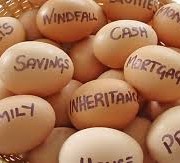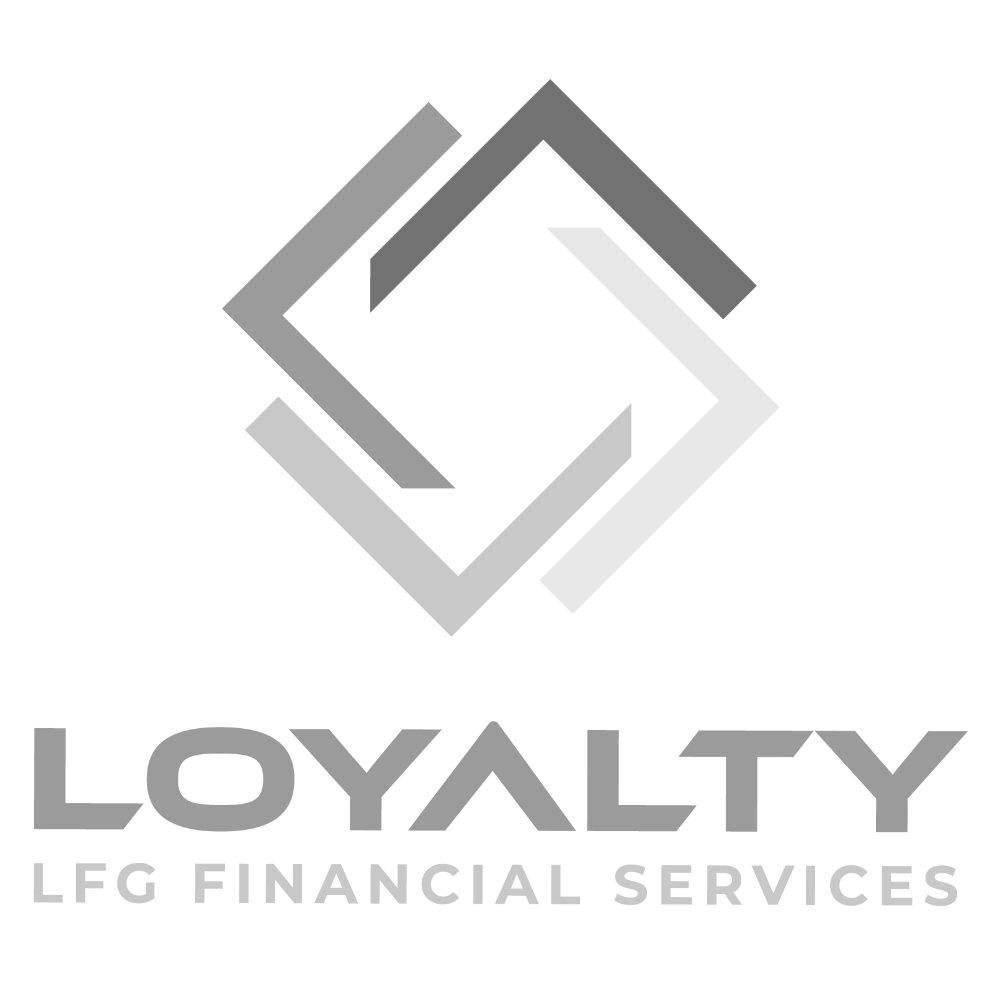What is Investment Yield?
What is an investment yield? The yield an investment provides is basically its annual cash flow divided by the value of the investment.
- For bank deposits the investment yield is simply the interest rate, eg bank 1 year term deposit rates in Australia are around 2.4% and so this is the cash flow they will yield in the year ahead.
- For ten year Australian Government bonds, annual cash payments on the bonds (coupons) relative to the current price of the bonds provides a yield of 2.5% right now.
- For residential property the investment yield is the annual value of rents as a percentage of the value of the property. On average in Australian capital cities it is about 4.2% for apartments and around 2.8% for houses. After allowing for costs, net rental yields are about 2 percentage points lower.
- For unlisted commercial property, investment yields are around 6% or higher. For infrastructure investment it averages around 5%.
- For a basket of Australian shares represented by the ASX 200 index, annual dividend payments are running around 5.3% of the value of the shares. Once franking credits are allowed for this pushes up to around 6.9%.
Yield and total return
The yield an investment provides forms the building block for its total return, which is essentially determined by the following.
Total return = yield + capital growth
For some investments like term deposits the yield is the only driver of return (assuming there is no default). For fixed interest investments it is the main driver – and the only driver if bond investments are held to maturity – but if the bond is sold before then there may be a capital gain or loss.
For shares, property and infrastructure, capital growth is a key component of return, but dividends or rental income form the base of the total return. Prior to the 1960s most investors focused on yield, particularly in the share market where most were long term investors who bought stocks for dividend income. This changed in the 1960s with the “cult of the equity”, as the focus shifted to capital growth. It was pushed further through the bull markets of the 1980s and 1990s. Similarly at various points in the cycle real estate investors have only worried about price gains and not rents.
Key issues for investors to consider
In searching for a higher investment yield investors need to keep their eyes open. It’s critical to focus on opportunities that have a track record of delivering reliable earnings and distribution growth and are not based on significant leverage. In other words make sure the yields are sustainable. On this front it might be reasonable to avoid relying on some Australian resources stocks where current dividends look unsustainable unless there is a rapid recovery in commodity prices.
To get your finances heading in the right direction, call our office now, make an appointment and we will conduct a thorough review to ensure your portfolio matches you goals and you are getting your share of investment yields. To read the entire article from AMP’s Dr Shane Oliver, please go the the following link, Oliver’s Insights.








Leave a Reply
Want to join the discussion?Feel free to contribute!